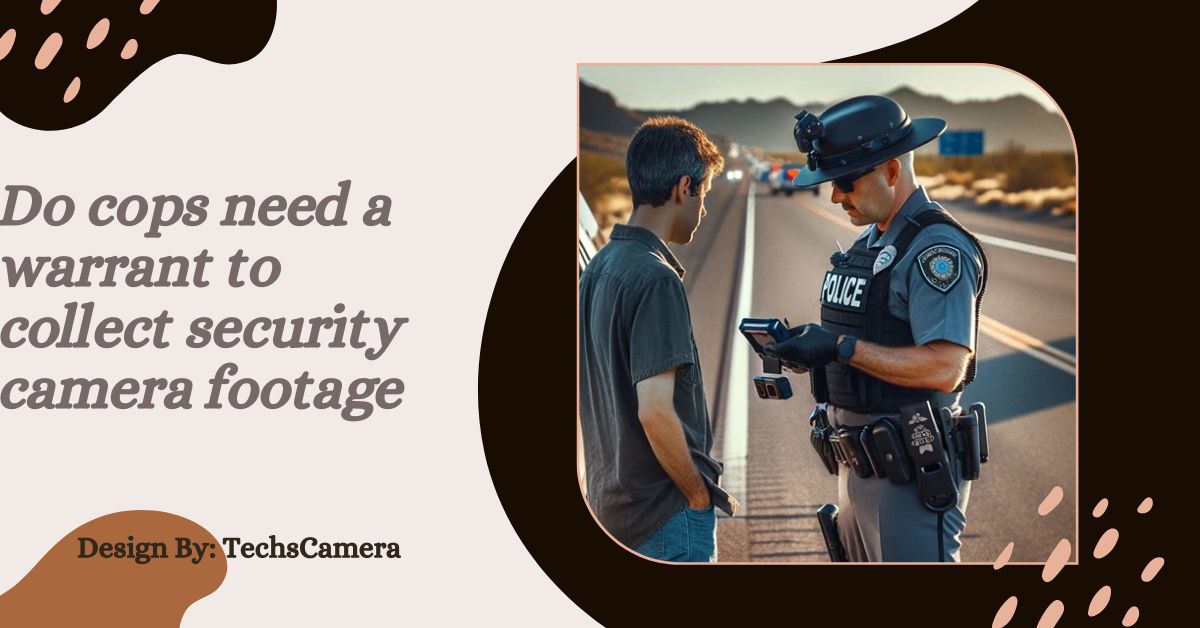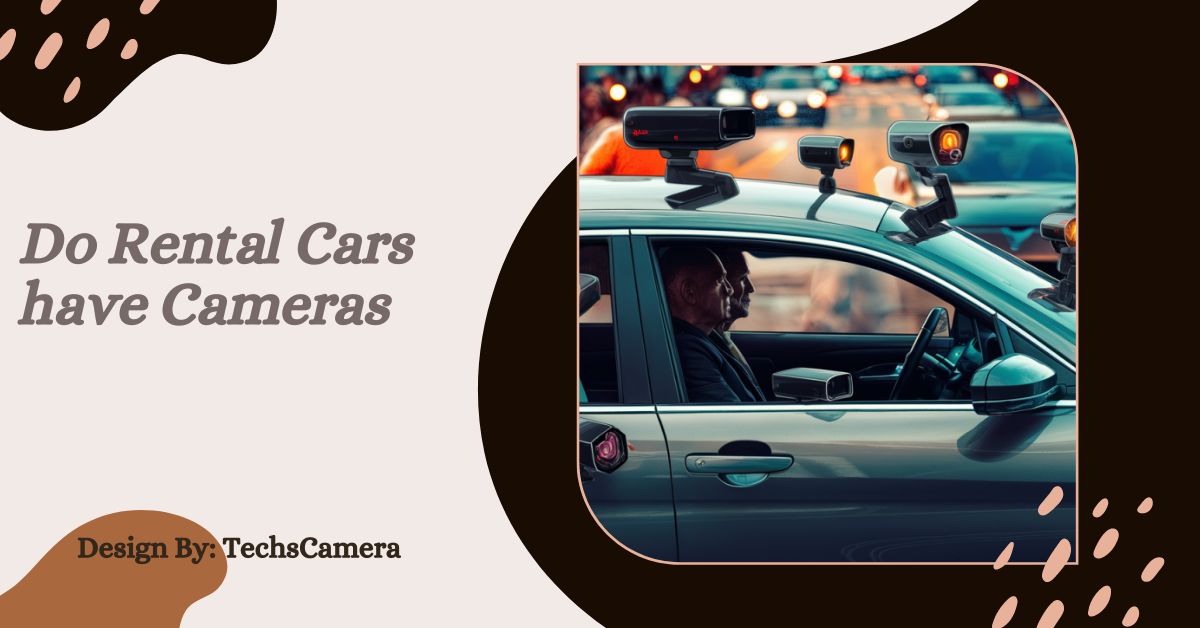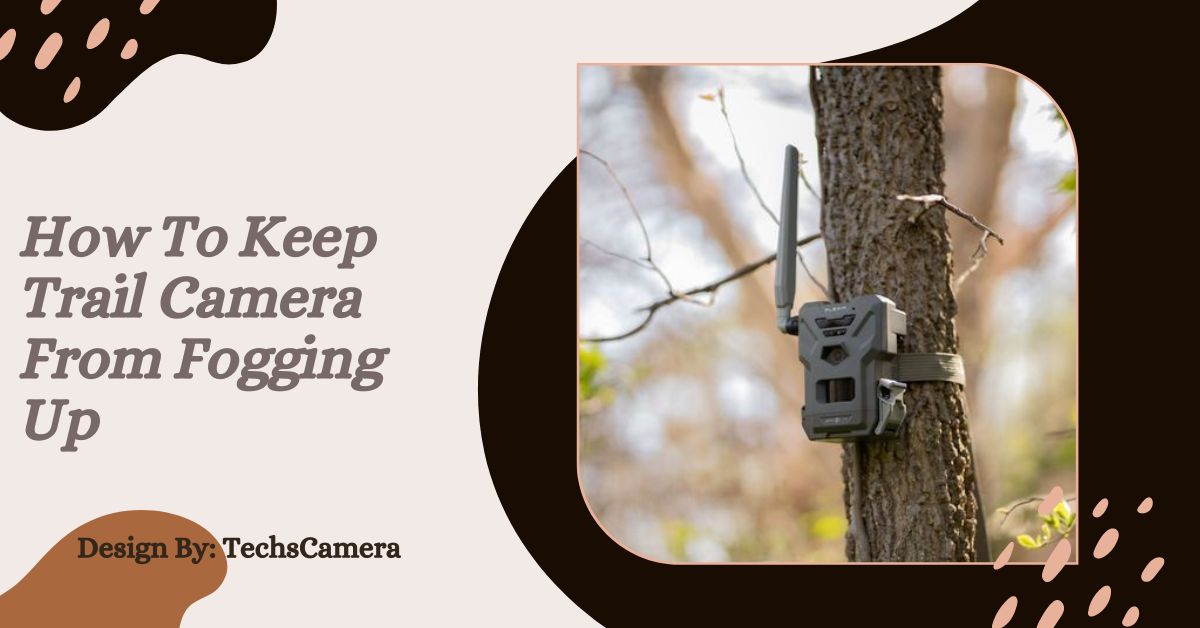Camera blackouts in VNC are due to driver conflicts, network issues, or settings. Fixes include updating drivers, adjusting VNC, and checking permissions.
Introduction:
Camera blackouts during Virtual Network Computing (VNC) sessions can be frustrating, especially when engaging in video calls or remote work. VNC technology allows users to control computers remotely, but it often presents challenges, such as a non-functional camera.
Understanding the causes of camera blackouts and knowing how to troubleshoot the issue is essential for maintaining effective communication and productivity. This article explores the common reasons behind camera failures in VNC sessions and provides practical solutions to help users restore functionality. By following these guidelines, you can ensure smoother remote experiences with your VNC application.
What is VNC:
Virtual Network Computing (VNC) is a technology that enables users to remotely access and control another computer over a network. It allows for screen sharing and file transfer, making it a popular choice for technical support, remote administration, and collaborative work. However, certain features, like video streaming through a camera, can sometimes be problematic.
Users may find that their camera feed blackouts intermittently or fails to function altogether during a VNC session. Understanding the limitations and capabilities of VNC is crucial for addressing these issues and optimizing remote desktop experiences for users in various environments.
Common Causes for Camera Blackouts in VNC:
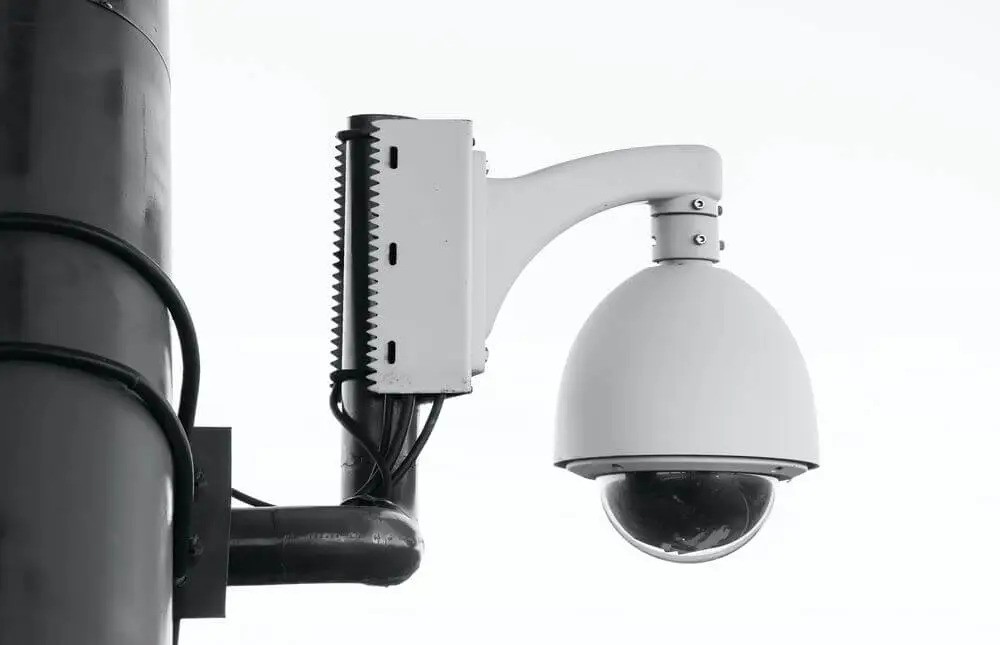
There are several common causes for camera blackouts when using VNC. One major issue is video driver conflicts, which can arise from outdated or incompatible drivers on either the local or remote device. Bandwidth limitations can also play a significant role; poor network performance may lead to a loss of video quality and cause the camera feed to fail.
Additionally, software compatibility issues between the VNC application and the operating system can prevent the camera from functioning correctly. Lastly, security settings may restrict VNC’s access to the camera, leading to blackouts during remote sessions.
Solutions for Fixing Camera Blackouts in VNC:
To resolve camera blackouts during VNC sessions, users can take several effective steps. First, updating video drivers is essential, as outdated or corrupt drivers can lead to conflicts and failures. Next, adjusting VNC settings can improve performance; enabling features like hardware acceleration and optimizing video settings can make a significant difference.
Additionally, enhancing network bandwidth by using a wired connection or closing unnecessary applications can prevent disruptions. Checking camera permissions in the operating system settings is also crucial to ensure the VNC application has access to the camera during remote sessions.
User Experiences with Camera Blackouts:
User experiences with camera blackouts during VNC sessions vary widely, often leading to frustration and interruptions. Many users report that the issue arises unexpectedly, especially during important meetings or troubleshooting sessions. This unpredictability can hinder effective communication, as video is crucial for visual cues and engagement.
Users in technical support roles may find that camera issues disrupt their ability to assist clients, leading to delays and miscommunication. Sharing these experiences can help others recognize the problem’s impact and encourage them to seek solutions, thereby fostering a community of support for overcoming VNC-related camera challenges.
Best Practices for VNC Usage:
To maximize the effectiveness of VNC and minimize camera issues, users should follow best practices tailored for optimal performance. First, selecting the appropriate VNC software that fully supports video streaming is crucial. Ensuring that both local and remote devices meet the software’s system requirements can prevent compatibility issues.
Additionally, establishing a strong, stable internet connection is essential; using Ethernet connections over Wi-Fi can significantly enhance performance. Lastly, regularly reviewing and adjusting settings based on the current use case—whether for casual use or professional purposes—will help maintain a reliable and efficient VNC experience.
Also read: https://www.techscamera.com/can-taking-a-picture-of-the-eclipse-damage-the-camera/
Future Trends in Remote Access Technologies:
As technology evolves, so do the tools and solutions for remote access, including VNC. Future trends indicate a shift toward more integrated solutions that combine remote desktop capabilities with enhanced video streaming features. Advancements in cloud computing and faster internet speeds may further eliminate the camera blackout issue, enabling smoother interactions.
Innovations such as AI-driven optimization for video feeds could also play a role in adjusting bandwidth usage dynamically, depending on the user’s needs. As these technologies develop, users can expect improved performance, reliability, and functionality from remote access applications in the coming years.
Advanced Troubleshooting Techniques:
For users still experiencing camera issues after trying basic fixes, advanced troubleshooting techniques can provide further assistance. One method is to use a Virtual Private Network (VPN), which can help stabilize the connection and improve data transmission during VNC sessions.
Adjusting the remote display resolution to a standard format can also resolve conflicts that may cause the camera to blackout. Finally, considering a local USB camera forwarding tool can allow users to access the remote camera more effectively if their current VNC client supports this functionality.
Preventative Measures to Avoid Future Camera Blackouts:
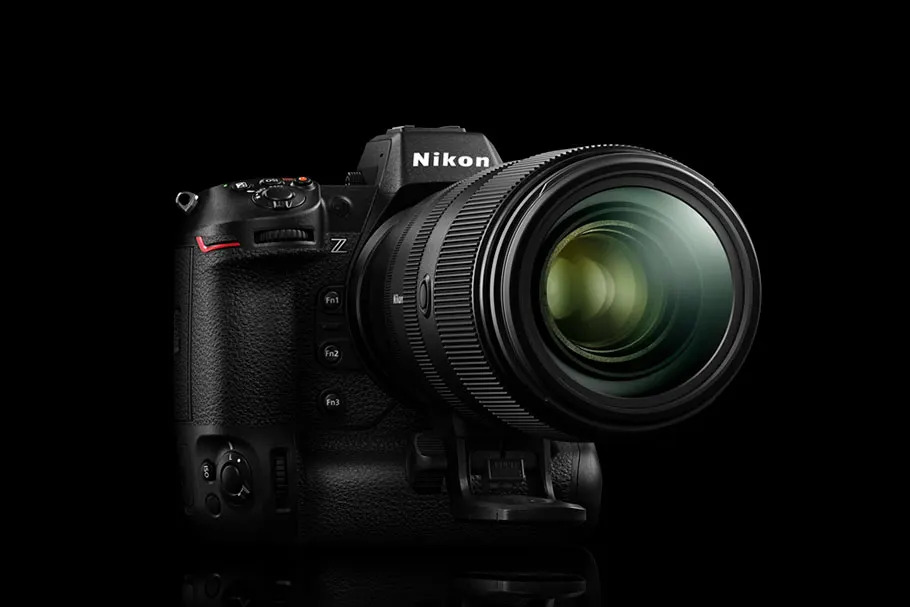
Once the camera blackout issue is resolved, users should take proactive steps to prevent it from recurring in future VNC sessions. Regularly updating VNC software, video drivers, and operating systems can help avoid compatibility issues. Routine network maintenance, including resetting routers and monitoring bandwidth usage, is also beneficial.
Creating backups of working VNC configurations ensures quick recovery if blackouts occur again. Lastly, investing in reliable hardware, including high-quality cameras, can significantly reduce the likelihood of experiencing these frustrating interruptions during remote sessions.
FAQ’s:
1. Why does my camera black out when using VNC?
Camera blackouts can occur due to outdated drivers, network limitations, or incompatible VNC settings.
2. How do I fix camera blackouts in VNC sessions?
Update your video drivers, adjust VNC settings, and ensure your network bandwidth is stable for smooth camera functionality.
3. Can network issues cause the camera to black out in VNC?
Yes, poor network performance can cause video blackouts during VNC sessions due to insufficient bandwidth.
4. Are there VNC settings that can prevent camera issues?
Yes, enabling hardware acceleration and optimizing video performance in VNC settings can help resolve camera problems.
5. Is it possible to prevent future camera blackouts in VNC?
Regularly updating drivers, VNC software, and maintaining a strong network connection can help prevent future blackouts.
Conclusion:
Experiencing a camera blackout when using VNC can be frustrating, but with the right troubleshooting steps, it’s often a solvable problem. From updating drivers and adjusting VNC settings to improving network performance, you can ensure that your camera works seamlessly during VNC sessions. By staying proactive with software updates and routine maintenance, you can prevent future issues and enjoy smooth remote access experiences.

